Tall ships. A guide to sailing ships around the world/Руководство по большим парусникам
Издание на английском языке
The ships in this book are selected by size, from largest to smallest, determined by extreme or sparred length, which includes bowsprit and jibboom (the bit attached to the bowsprit). Where as most other ships are de?ned by hull length, extreme length better expresses the size of the rig carried by tall ships.
Author Max Mudie is a British photographer; he first sailed on a tall ship in 1987 and has been sailing, and photographing them, ever since. His images are used worldwide, in books, in calendars and on stamps.
Contents
Part One Rigs, rigging and races
What is a tall ship, and how to decide what rig it has, the tall ships races and why sail training makes it all work.
Part Two The biggest tall ships
The only five-masted ship Royal Clipper, the big Russians Sedov and Kruzenshtern, the Japanese Kaiwo Maru II and Nippon Maru II and two ‘nearly’ sisterships.
Part Three National ships
Tall ships that are 100m or longer. The ship-rigged vessels include six sisterships all built in the 1980s
Part Four Military barques
Sisterships from the Blohm + Voss yard and the South American barques that they inspired, such as USCGC Eagle, Cuauhtemoc and Gorch Fock (II).
Part Five Big national ships
More full ship-rigged tall ships, including the Clipper Stad Amsterdam class, Danmark and Gloria.
Part Six Civilian tall ships
Ships that did not start their lives as tall ships and the world’s biggest mixed ability vessel, including Christian Radich, Gulden Leeuw and Sorlandet.
Part Seven 60m and under
Big brigs, and four barques that define what sail training is all about, including the STA’s schooners and brigs.
Part Eight 50m and smaller
Barquentines including Morgenster, Pelican, Tre Kronor and Spirit of New Zealand, and a bark that is not a barque.
Part Nine The small fleet
The fleet of vessels 40m and under, including Shtandart, Royalist and two freshwater brigantines, Pathfinder and Playfair, that are perfect for match racing.
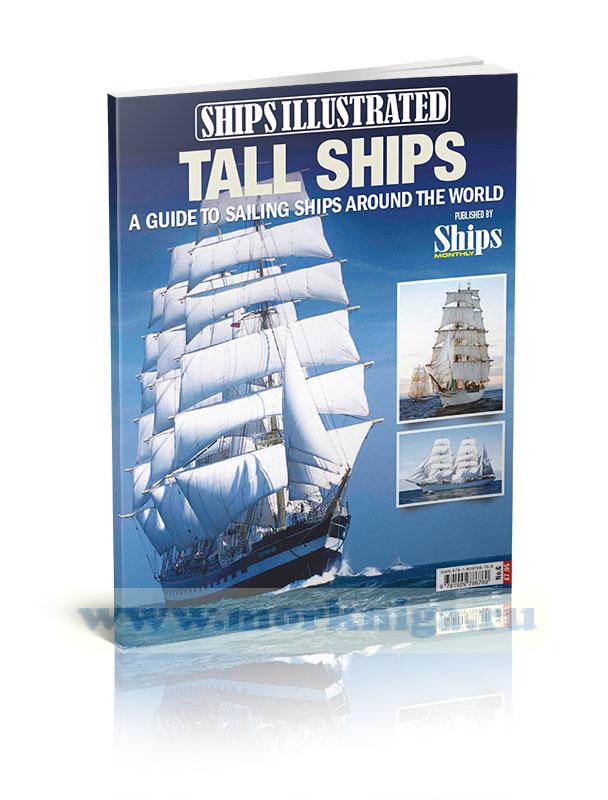
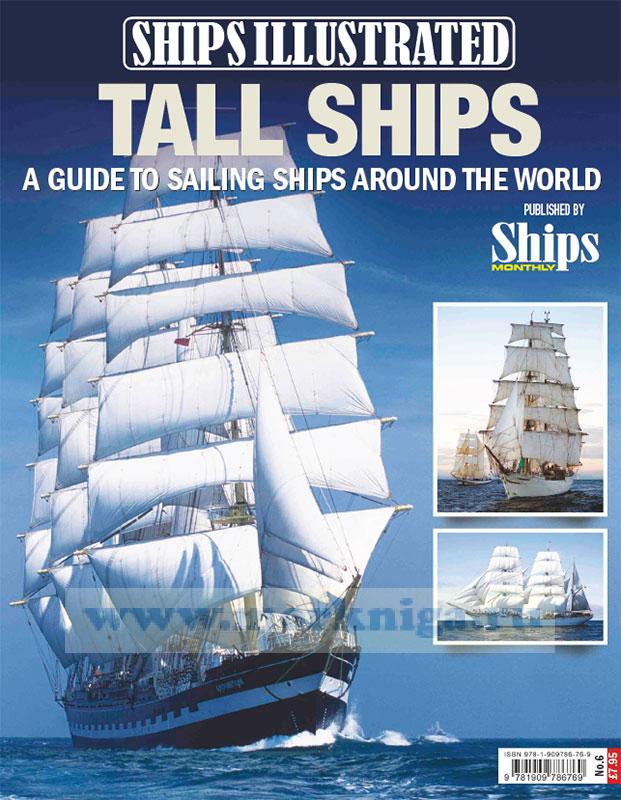
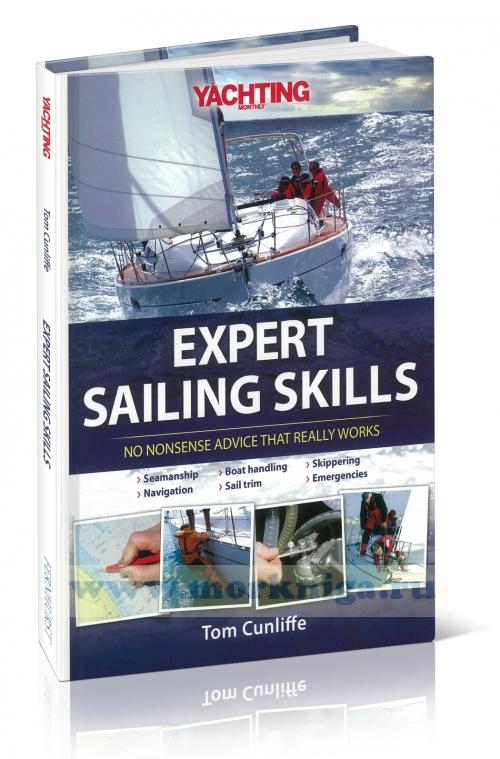 Expert sailing skills. Экспертные навыки плавания под парусом
Expert sailing skills. Экспертные навыки плавания под парусом 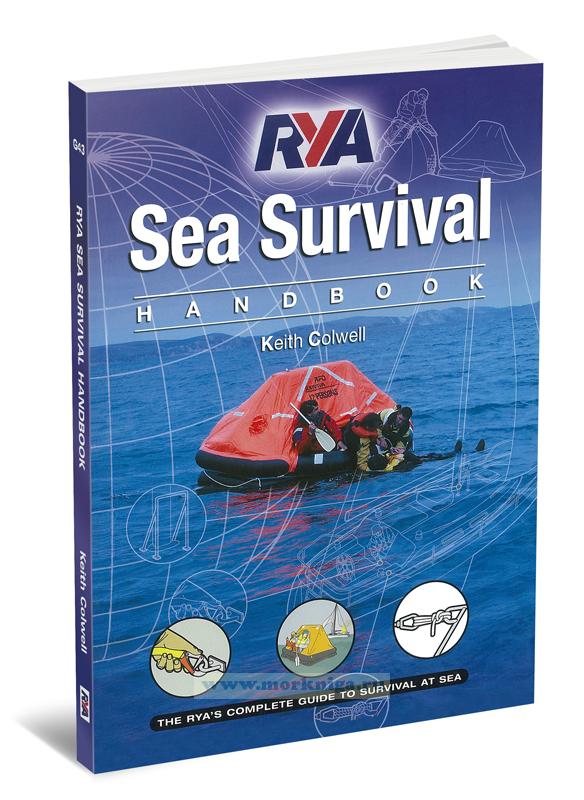 RYA Sea Survival Handbook. Курс по безопасности и выживанию на море
RYA Sea Survival Handbook. Курс по безопасности и выживанию на море 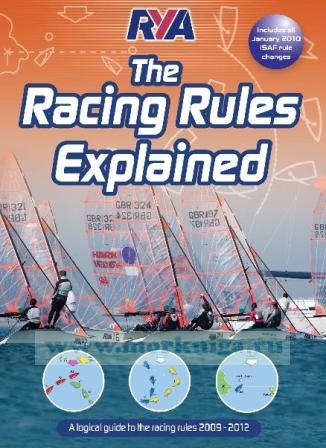 RYA Racing Rules Explained
RYA Racing Rules Explained